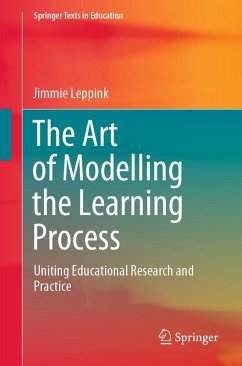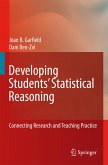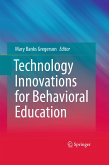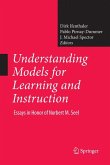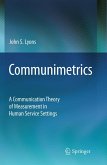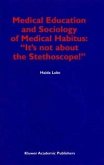By uniting key concepts and methods from education, psychology, statistics, econometrics, medicine, language, and forensic science, this textbook provides an interdisciplinary methodological approach to study human learning processes longitudinally. This longitudinal approach can help to acquire a better understanding of learning processes, can inform both future learning and the revision of educational content and formats, and may help to foster self-regulated learning skills.
The initial section of this textbook focuses on different types of research questions as well as practice-driven questions that may refer to groups or to individual learners. This is followed by a discussion of different types of outcome variables in educational research and practice, such as pass/fail and other dichotomies, multi-category nominal choices, ordered performance categories, and different types of quantifiable (i.e., interval or ratio level of measurement) variables. For each of these typesof outcome variables, single-measurement and repeated-measurements scenarios are offered with clear examples. The book then introduces cross-sectional and longitudinal interdependence of learning-related variables through emerging network-analytic methods and in the final part the learned concepts are applied to different types of studies involving time series. The book concludes with some general guidelines to give direction to future (united) educational research and practice.
This textbook is a must-have for all applied researchers, teachers and practitioners interested in (the teaching of) human learning, instructional design, assessment, life-long learning or applications of concepts and methods commonly encountered in fields such as econometrics, psychology, and sociology to educational research and practice.
The initial section of this textbook focuses on different types of research questions as well as practice-driven questions that may refer to groups or to individual learners. This is followed by a discussion of different types of outcome variables in educational research and practice, such as pass/fail and other dichotomies, multi-category nominal choices, ordered performance categories, and different types of quantifiable (i.e., interval or ratio level of measurement) variables. For each of these typesof outcome variables, single-measurement and repeated-measurements scenarios are offered with clear examples. The book then introduces cross-sectional and longitudinal interdependence of learning-related variables through emerging network-analytic methods and in the final part the learned concepts are applied to different types of studies involving time series. The book concludes with some general guidelines to give direction to future (united) educational research and practice.
This textbook is a must-have for all applied researchers, teachers and practitioners interested in (the teaching of) human learning, instructional design, assessment, life-long learning or applications of concepts and methods commonly encountered in fields such as econometrics, psychology, and sociology to educational research and practice.
Dieser Download kann aus rechtlichen Gründen nur mit Rechnungsadresse in A, B, BG, CY, CZ, D, DK, EW, E, FIN, F, GR, HR, H, IRL, I, LT, L, LR, M, NL, PL, P, R, S, SLO, SK ausgeliefert werden.

